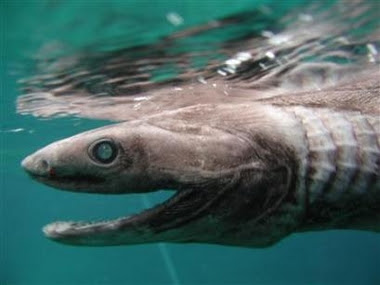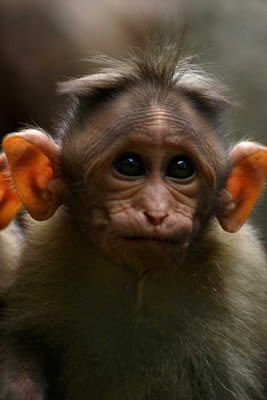One might think that this sharpei's expression stems from his jealousy that the pig will now be in the limelight. But I think it comes more from the shock that, possibly for the first time ever, the change from Dog to Pig will result in a better looking animal. What is this world coming to?
The piglet looks a bit smug, too.
Photo courtesy: Yahoo





















.jpg)



















